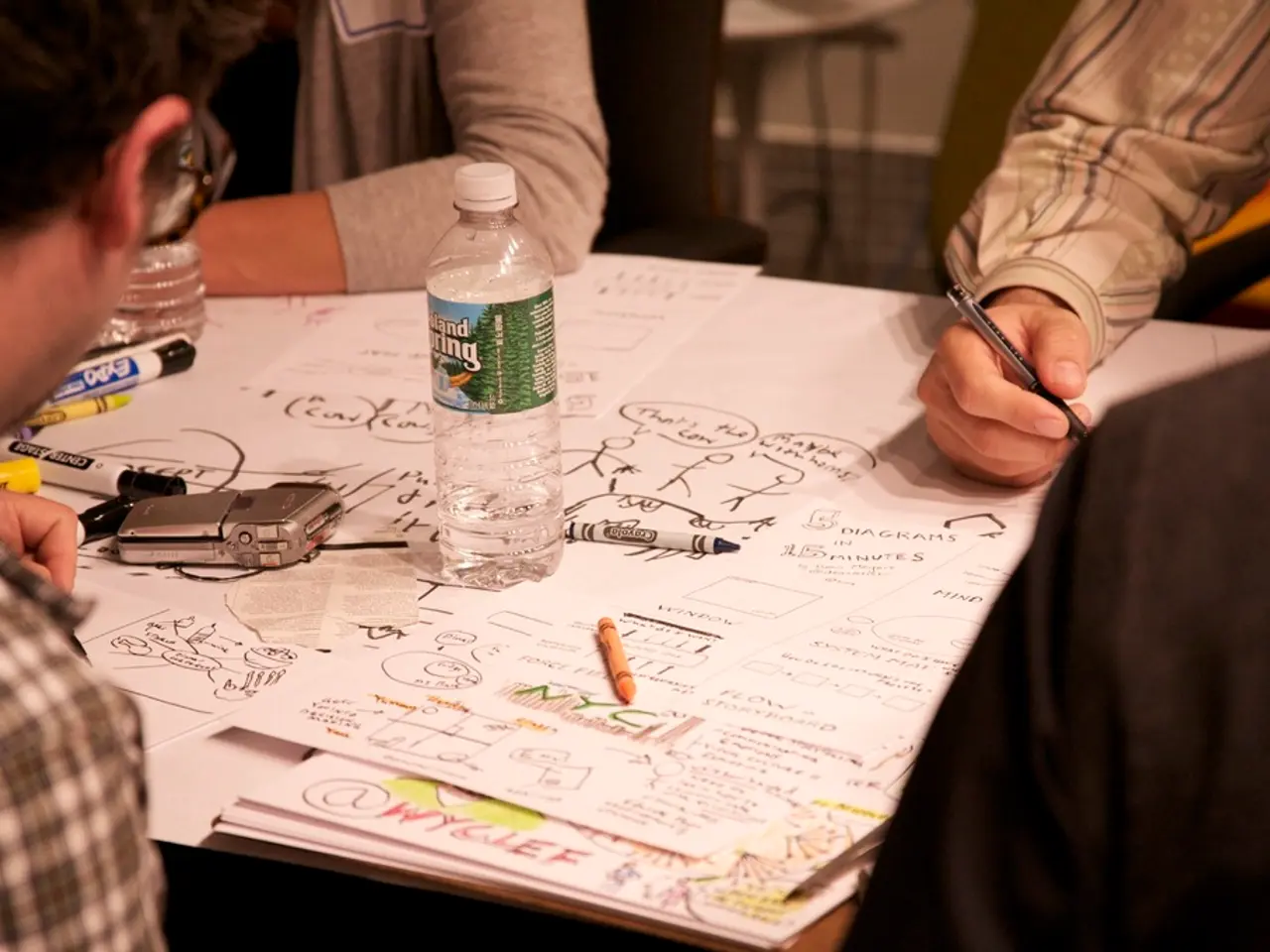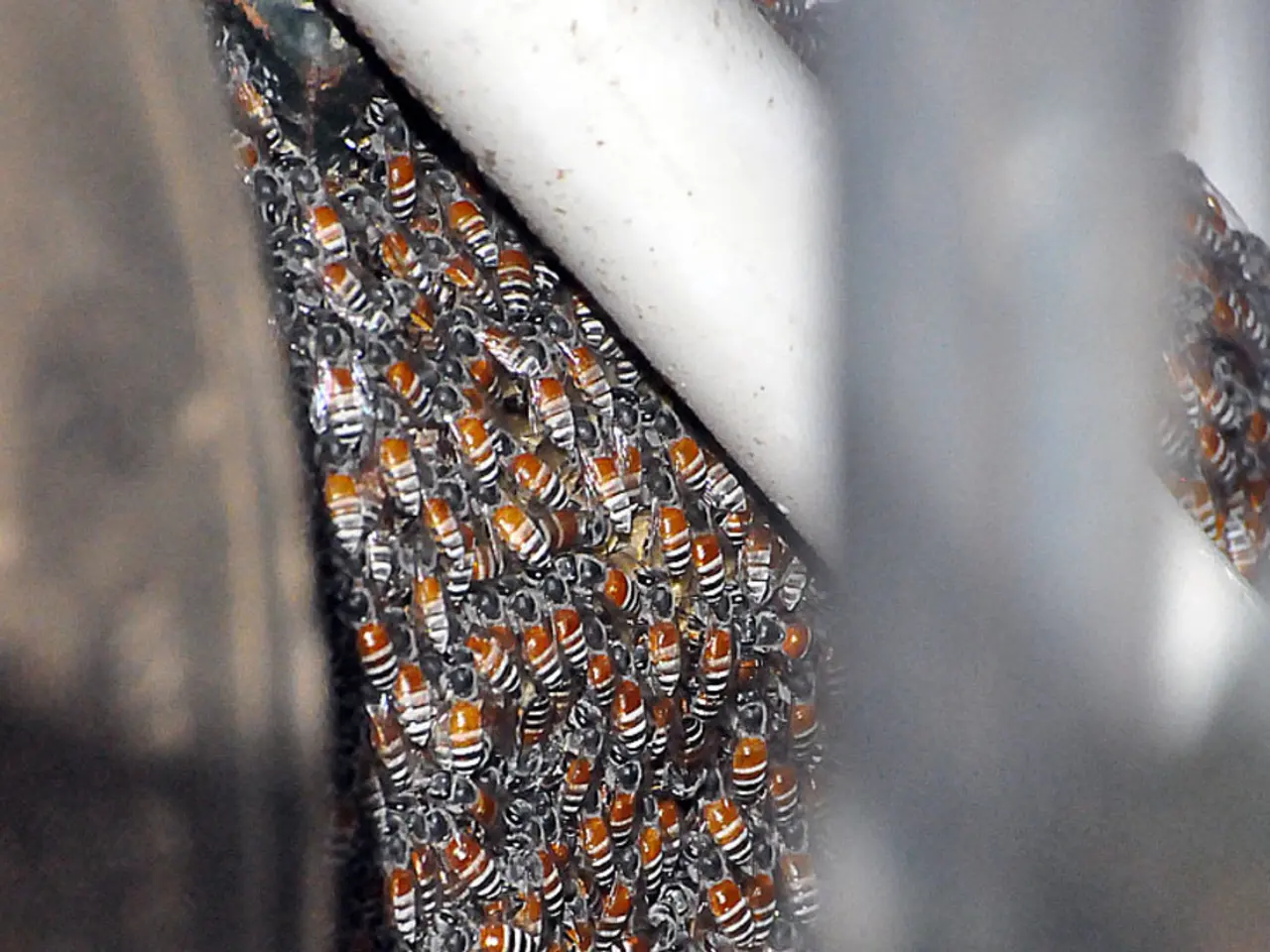Space Radiation's Potential to Genetically Alter Seeds, Offering Potential Advantages for Humanity
In a groundbreaking development for agriculture, scientists are exploring a novel technique called "space mutagenesis" to create hardier crops with greater yields. This innovative approach, which exposes seeds or plants to the unique conditions of space, including cosmic radiation and microgravity, has shown promising benefits for crop improvement, as highlighted by recent studies involving rice and other organisms.
Chinese scientists have been at the forefront of this research, experimenting with space mutagenesis for over 30 years. One success story from their efforts is Yujiao 1 - a sweet pepper variety released in 1990, which boasts better fruit, resistance to disease, and a 16.4% higher yield. Chinese experiments with space mutagenesis have also included various crops such as cotton, tomatoes, watermelons, and corn.
The International Atomic Energy Agency (IAEA) and the UN's Food and Agriculture Organization (FAO) are collaborating on this project, with the IAEA maintaining a Mutant Variety Database for plants that have been modified by space-based radiation or other physical or chemical methods. The seeds returned from space in April 2023 will be added to this database.
Studies on rice subjected to spaceflight conditions reveal that space mutagenesis causes a range of genetic changes, including DNA polymorphisms, single nucleotide polymorphisms (SNPs), and base substitutions across multiple generations. These mutations are inheritable and affect various genomic regions, leading to potentially advantageous traits like improved stress tolerance. Spaceflight also induces changes in DNA methylation patterns in rice, which may regulate gene expression and contribute to adaptation and improved performance under stress.
Research led by the IAEA and Chinese scientists has demonstrated the use of space mutagenesis to develop mutant strains with desirable traits, such as altered coloration and possibly enhanced yield or resilience. Projects such as the Moon-Rice initiative, involving Italian institutions but relevant globally, focus on creating rice varieties that are compact yet highly productive, with improved protein content. These varieties would be suitable not only for space habitats but also for challenging Earth environments like polar regions, deserts, and controlled indoor agriculture settings.
Space mutagenesis is viewed as a complementary tool to other advanced crop improvement strategies, such as gene editing and synthetic biology, aiming to enhance yield, nutritional quality, and environmental resilience. However, it is important to note that space mutagenesis is an expensive technique, and its benefits can be huge when scaled to the size of modern agriculture.
The experiment involves placing seeds on the International Space Station (ISS) to expose them to cosmic radiation. Half of the seeds are exposed to extreme cold and maximum doses of cosmic radiation, while the other half are kept inside the ISS as a control. DNA sequencing will be used to compare mutations generated in space with seeds kept inside the ISS and those irradiated under laboratory conditions.
The benefits of space mutagenesis extend beyond space exploration. Improved crop varieties developed through this technique could revolutionise agriculture on Earth, making it more resilient to climate change and other challenges. Selective breeding and animal husbandry have long been used to improve the yield and nutrition of crops and livestock, but space mutagenesis offers a novel route to generate genetic diversity, leading to crop varieties with improved traits vital for sustainable agriculture on Earth.
In conclusion, space mutagenesis is a promising new tool for scientists to improve crops and contribute to sustainable agriculture on Earth and in space. Its benefits include the creation of inheritable genetic and epigenetic changes that can improve plant performance under stress, the development of specialized crop varieties for restricted environments, and synergy with other biotechnological innovations. As research continues, we can expect to see more advancements in this exciting field.
Scientists are also investigating the application of space mutagenesis in areas beyond agriculture, such as health-and-wellness and space-and-astronomy. For instance, the effects of space radiation on human cells could potentially lead to breakthroughs in the field of health-and-wellness, influencing treatments for various diseases and improving our understanding of cellular responses to extreme conditions. Similarly, studying the genetic changes in plants exposed to the unique environment of space could provide valuable insights into the nature of life itself, furthering our knowledge in space-and-astronomy.




